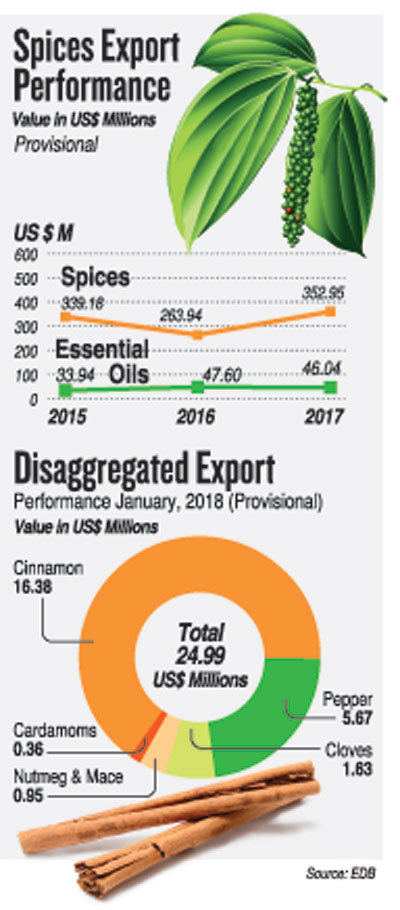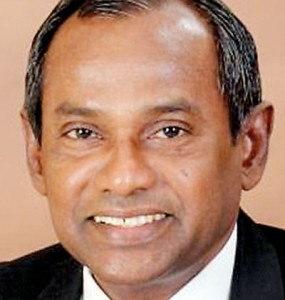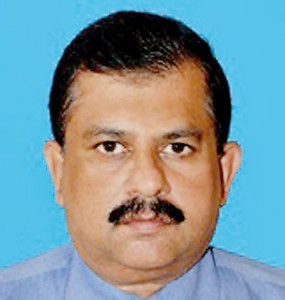Sunday Times 2
National policy for spices, an urgent need of the hour
The pungency of our cinnamon, pepper, cloves, nutmeg and much more launched many ships of the Portuguese, Dutch and the British. Forts were erected to keep the potential enemy at bay as this exotic ‘spice island’ was too good to lose. However, the spice legacy of the colonial island cannot afford to be complacent. Today ‘forts’ of modernity, lending the industry food and safety standards, good agronomic practices (GAP) and good manufacturing practices (GMP) need to be adopted, if we are to swim with the sharks. A national policy for our spices has been a pipe dream for too long and the call for it is now unprecedented.
The National Policy for Export Agriculture 2014-2025 which was prepared with in-depth input from multiple stakeholders is ‘printed, available and thrown aside’ as the founder Chairman of the Spice Council of Sri Lanka and the immediate Past Chairman of the National Chamber of Exporters, Sarada de Silva tells the Sunday Times.
“The industry is in a predicament when a complete U-turn has to be taken with each change- be it government, ministerial or even secretarial change,” charges the third-generation cinnamon industrialist who points out that rather than reinventing the wheel, a consistent policy, along with a favourable environment should be realised sooner than later.
With multiple ‘studies’ and ‘strategies’ devised to put our spices on a more lucrative road, it is now more a situation of paying lip service to the industry than actually walking the talk. The policy, as Mr. De Silva reiterates cannot afford to change with each regime, but essentially create a level playing field for our spices. Sri Lanka 2018-2022 National Export Strategy (NES) which is now pending cabinet approval as reliable sources inform the Sunday Times, is seen to be offering impetus to expedite the National Policy for spices.
In 2017 our spice exports recorded US$ 352.95 million as Sri Lanka Export Development Board (EDB) figures affirm. The figure, as Mr. De Silva explains, is excluding the essential oils which are largely derived from spices. The export figure of essential oils in 2017 recorded US$ 46.04 million. Our spice export’s actual potential is a billion dollar industry, standing out both in value and volume, for which right direction is imperative.
The spices — be they cinnamon, pepper or otherwise — are grown, harvested, processed and exported by the private sector and for the private sector to take long-term decisions and make long-term investments, long term policies are pressing. “Given the fact that agricultural returns are fairly long-term, far-thinking policies become even more valid,” points out the industrialist. Among the policy elements, improving productivity, reducing cost of production, strengthening research and development, branding of local spices and registering a Geographical Identification (GI) protection for special spices such as Cinnamon and increasing employment opportunities are particularly significant. The long awaited National Policy also aspires to impact our plantation sector which is now at cross roads, opines Mr. De Silva. “The macro picture has to be clear to win bigger players,” he notes, adding that currently the real threat is from poor quality standards and Phyto-sanitary standards. He also calls for regulatory standards for the export of spices.
Working towards higher productivity is also envisioned through such policy. Citing the experience of regional counterparts such as India, Vietnam and Cambodia, Mr. De Silva says that the potential for Lankan spices to surpass those of the region in terms of value is unlimited, given their intrinsic properties. Encouraging GMP and GAP enabling small players in the industry to benchmark themselves with the best players are also proposed by him. “In 1984 when the Indian Spices Board was set up, our export volume was far above theirs. Today, India is in the range of almost 100 US$ billion.”
The Geographical Indication (GI) which is mooted through a National Policy can multiply the export revenue for our spices, says Mr. De Silva who cites the example of Mexican Tequila which dominates the market capitalizing on its GI. “Mercifully, the Lion logo now tells Ceylon Cinnamon apart from Cassia, but if we can push for GI for Cinnamon followed by other spices, notably pepper and cloves, the marketing strength of these spices in the global market is infinite. The Crying need is for the creation of GI register locally.”
Championing the dignity of labour, while making spice-related employment attractive is also aspired by a cohesive policy. The ISO: 2000 certified cinnamon factories in Galle, Ratnapura and Matara are success stories which offers a cue in this aspect, points out the senior professional. With labour shortage being a double-whammy facing the industry, mechanizing it at every stage which permits it, is also tabled by him.
Revisiting the export agriculture’s vision and mission aligned with the current realities and thereby enabling a US$ 1,500 million export value by 2020 is the way forward, says the Director General, Department of Export Agriculture, Dr. A.P. Heenkende. With ‘quality’ being the catch word in the sector, sustaining it through pre-export surveillance measures is the norm today, rather than the exception, he adds. “The agro-climatic conditions render our spices, especially cinnamon, pepper, cloves and nutmeg to be superior in their composition and we cannot compromise the quality assurance of these spices in the global market,” observes Dr. Heenkende who alludes to the GMP Certificates which are now issued by the Department of Export Agriculture in a bid to popularise GMP among small-scale cultivators and producers.

Prof. Buddhi Marambe

Sarada de Silva

Dr. A.P.Heenkende
The 19 mini-labs established under a pilot project is also a move to add more teeth to the exercise.
Enhancing the value-added spice products could also boost the industry, for which muscle can be given by a consistent policy says the agriculturist. The Dhana Saviya home gardening project, productivity improvement programme and Youth Group programme are among the recent measures spearheaded by the Department to solidify the spice industry.
Prof. Buddhi Marambe, Chairman, Board of Study in Crop Science, Postgraduate Institute of Agriculture (PGIA), University of Peradeniya, avers that, despite the spice sector supporting about tens of thousands of families in the country and the global demand for spices taking a shift towards a continuous supply of high quality, value added spice products, our spice sector has not performed upto the expectations. Climate change and imperfect market systems are cited to be contributory to this state of affairs by the scholar. Moreover, low quality products and poorly-coordinated market channels have resulted in low value addition, poor incentives to the farmers/farms, and sluggish growth of the sector, he says. “A new policy with a realistic action plan is thus, needed to position the spice crops sector as the key driver for delivering about 10 % of GDP of Sri Lanka and the policy should aim at making Sri Lanka ‘The Spice Hub of Asia”, opines Prof. Marambe.
Prof. Marambe who was among the consultants to The Spice Sector Development Plan, which was launched in December 2014, by the then Ministry of Minor Export Crop Promotion, financially supported by the Food and Agriculture Organization (FAO) of the United Nations, further notes that a target-oriented development guided by the policy, will create an enabling environment to develop the sector, securing the livelihoods of cultivators and small-scale farmers and generating new employment.
A national policy on spice crops should focus on making the industry a national priority, identifying the sector as a key driver of the Sri Lankan economy, maintains Prof. Marambe. This process should be widely consultative, bringing in the state and private sectors agencies, professionals, University academia, industry experts, NGOs, growers and consumer representatives on board, he says. “This should be an integral part of the national economic development and poverty alleviation policies, aiming at export promotion, value addition, organically-grown spices, acceleration of growth of the sector, support of spice-based industries and services, creation of new employment for youth in spice-growing areas, and securing a fair living standards for the growers and producers,” he notes.

